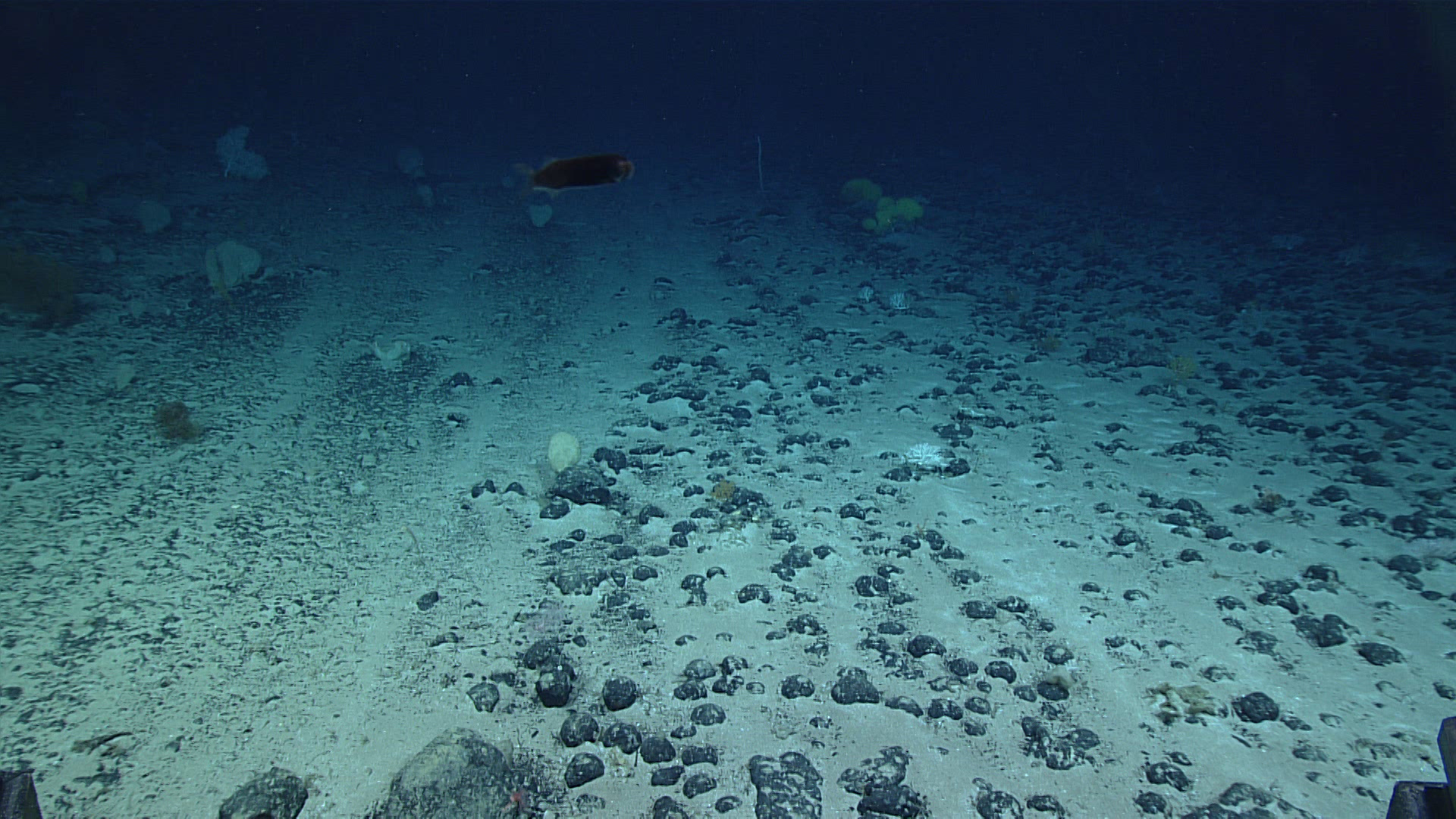India strives for cobalt in contested ocean waters – By Arundathie Abeysinghe
Image Source : asianews
 India is attempting to secure rights to explore a cobalt-rich underwater mountain in the middle of the Indian Ocean due to fears over China’s presence in the region. Sri Lanka is also planning to mine the region for precious minerals, adding to the competition. Cobalt is a critical mineral widely used in electric vehicles and batteries and seen as a vital element in the green energy transition. In January, India had contacted the Jamaica-based International Seabed Authority (ISA) seeking approval to explore the cobalt-rich Afanasy Nikitin Seamount (AN Seamount), situated in the central Indian Ocean, east of the Maldives, approximately 1,350 kilometers (850 miles) from the Indian coast. ISA is an autonomous world body set up under the UN Convention on the Law of the Sea (UNCLOS).
India is attempting to secure rights to explore a cobalt-rich underwater mountain in the middle of the Indian Ocean due to fears over China’s presence in the region. Sri Lanka is also planning to mine the region for precious minerals, adding to the competition. Cobalt is a critical mineral widely used in electric vehicles and batteries and seen as a vital element in the green energy transition. In January, India had contacted the Jamaica-based International Seabed Authority (ISA) seeking approval to explore the cobalt-rich Afanasy Nikitin Seamount (AN Seamount), situated in the central Indian Ocean, east of the Maldives, approximately 1,350 kilometers (850 miles) from the Indian coast. ISA is an autonomous world body set up under the UN Convention on the Law of the Sea (UNCLOS).
Analysts are of the view that New Delhi is most concerned about the presence of China in the region.
Cobalt is a critical mineral utilized in rechargeable batteries for laptops, smartphones and electric vehicles. It also plays a significant role in making alloys for jet engines, gas turbines and cutting tools and is considered as a vital element in the green energy transition.
Usually, a country’s continental shelf extends up to 200 nautical miles (370 kilometers) from its shore, an Exclusive Economic Zone (EEZ) which only that nation can exploit for economic purposes, although, ships of other countries can pass through unimpeded. In 2009, Sri Lanka endeavored to expand its continental shelf beyond the standard 200 nautical miles. Commission on the Limits of the Continental Shelf (CLCS) is yet to decide on Sri Lanka’s claim, but, if it is accepted, the AN Seamount would fall within Sri Lanka’s nautical boundaries. The seamount consists of 150 blocks spread over 3,000sq kilometers (1,158 square miles). CLCS has in the past accepted such requests by nations and extended continental shelf boundaries. Currently, Australia, Norway and Pakistan have rights over maritime territories that stretch beyond 200 nautical miles from their shores.
According to senior maritime law experts, “India’s move is not aimed at exploration immediately, instead, it is a desire to establish a foothold in the region to deter any Chinese presence. At present, China, Germany and South Korea have contracts for deep-sea exploration in different parts of the Indian Ocean.”
“Currently, India’s deep-sea mining initiatives are at a nascent stage, although, in recent years, the country has demonstrated its ambition in this endeavor. In 2021, India launched a Deep Ocean Mission with an allocation of $500 million for a five-year period to explore deep sea resources. In the application, India expressed its intention to carry out detailed studies on geophysics, geology, oceanography, biology and environment of the proposed area over the next 15 years. In 2023, the Indian government under the same initiative was developing a crewed deep sea mining submersible, creating a manned submersible for deep-sea mining. This submersible will be used to explore and collect polymetallic nodules, known as manganese nodules, which are rock formations containing important minerals, such as cobalt, from the ocean floor which would carry out exploratory mining of polymetallic nodules from the sea bed that serve as vital sources of critical minerals, including cobalt.”
According to data released by the International Renewable Energy Agency (IRENA), at present, China controls 70 percent of the world’s cobalt and 60 percent of its lithium and manganese, including other critical minerals. As India has set a deadline of 2070 to get to net-zero emissions, it is necessary to access these minerals to fuel its clean energy economy.








